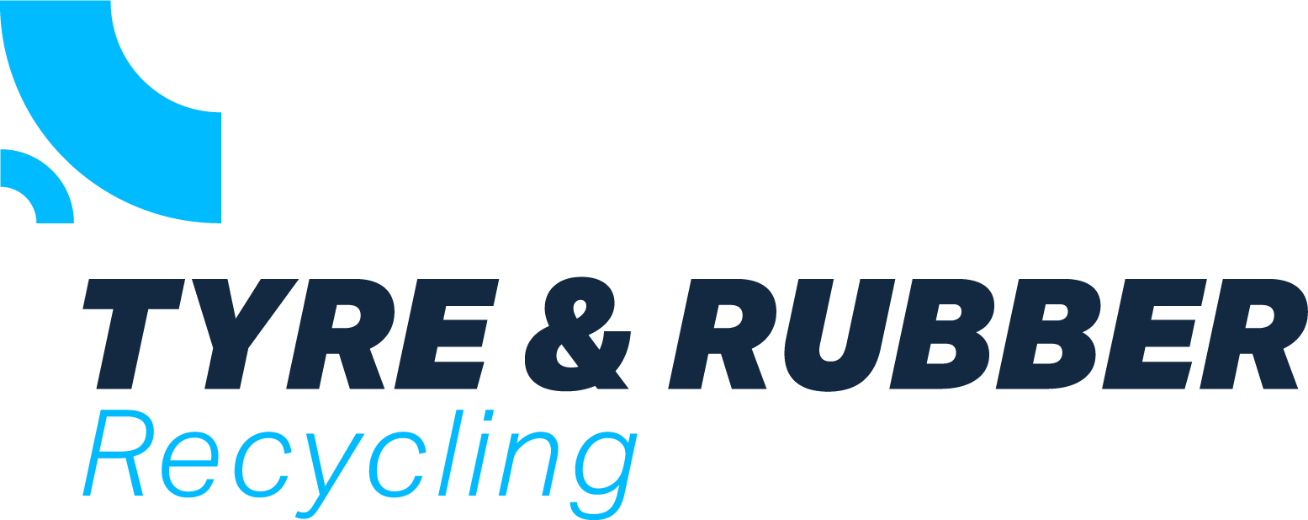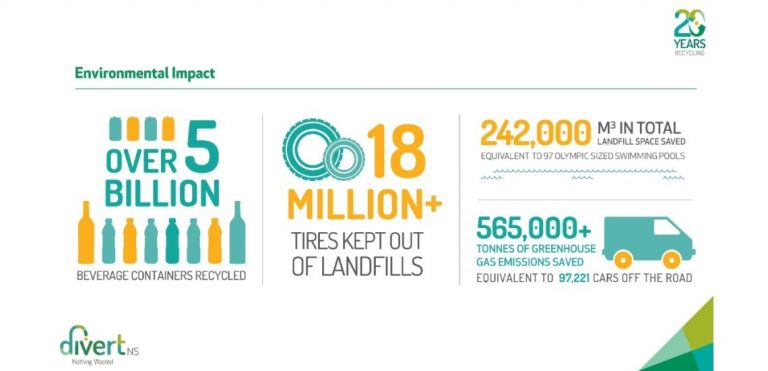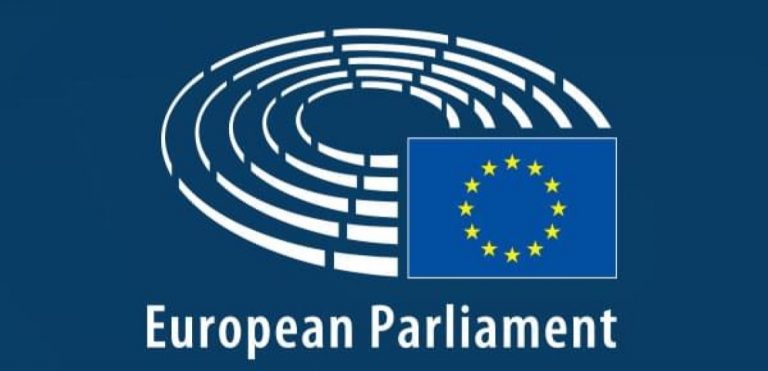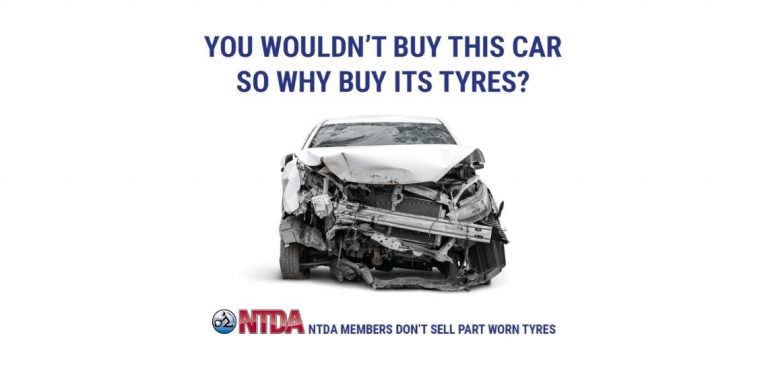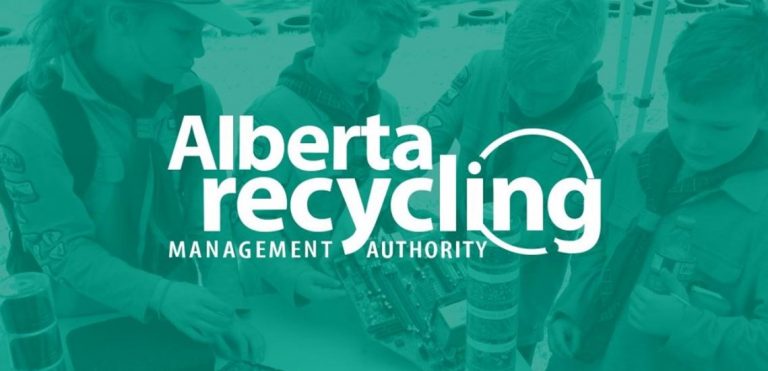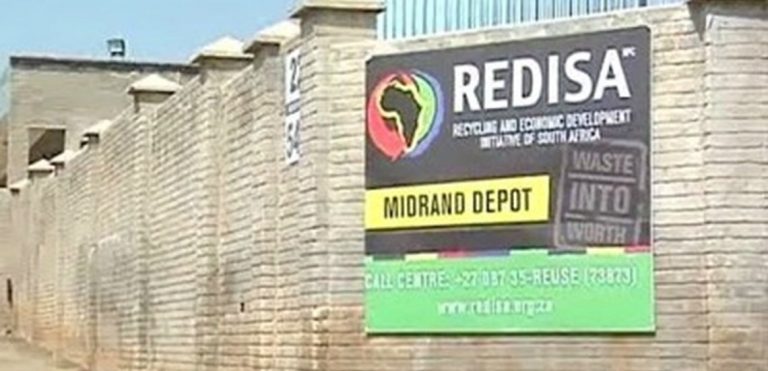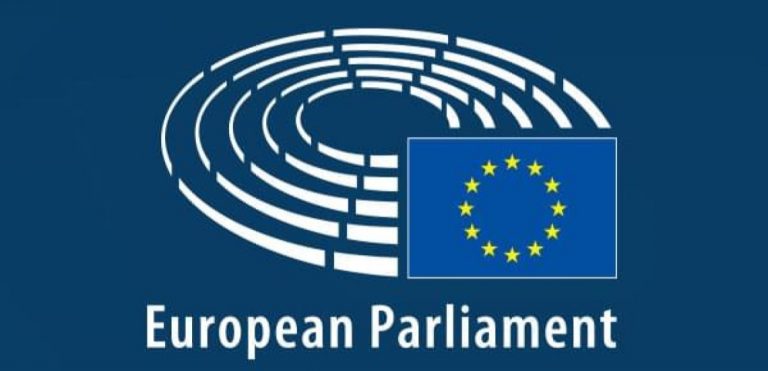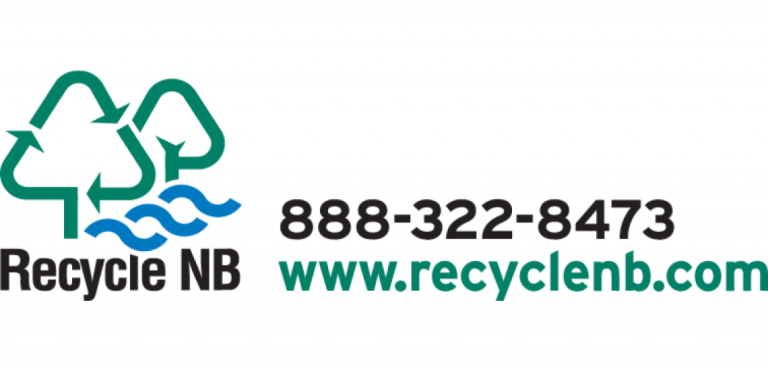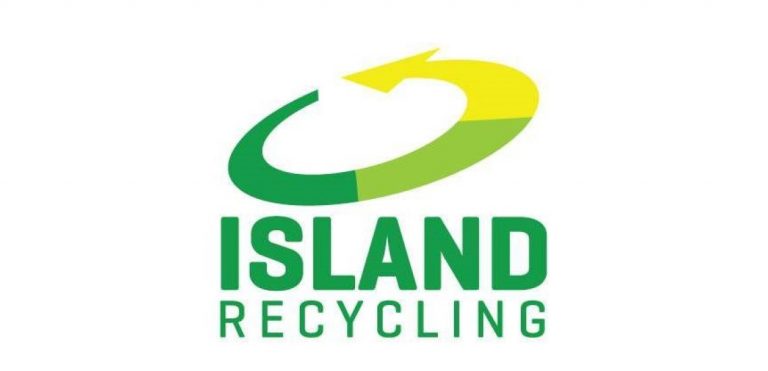After long running negotiations, the contract for clearing Cayman Island’s George Town tyre mountain has been signed.
Island Recycling Ltd Ready to Clean up the Tyre Mountain
The $1.245m contract went to Island Recycling Ltd, some two months after the contract was originally announced by Premier Hon. Alden McLaughlin.
Premier and Minister for Health, Hon Alden McLaughlin, in the statement, said the contract is just one component of the overall project to provide the Cayman Islands with a long term solution for the country’s solid waste issues, and to create a proper integrated solid waste management system. The Premier explained the recycled waste tyres will be used as “fill” in development projects around the island. In addition to the shredding and recycling of the waste tyres, the Department of Environmental Health has undertaken a number of efforts to continuously improve solid waste management in the Cayman Islands.
“One of the things we are very excited about is that this process is entirely in keeping with our objective of reusing and recycling waste products. The Tyre Derived Aggregate (TDA), which will be produced as a result of this process, will be reused for construction over the course of the years to come in local projects,” Mr McLaughlin said on the statement.
While work on preparing the site to begin shredding has already started it may take a short while Island Recycling and their international partner Guernsey Recycling get their equipment ready to begin shredding.
Island Recycling Ltd., and its international business partner, were selected by the Ministry of Health and Culture, through the Central Tenders Committee process, for the project.
Island Recycling Managing Director Jason Brown said the company’s goal is to deliver a safe, successful and environmentally friendly recycling project that will be professionally completed.
“We are grateful for the opportunity. We know we have a lot of hard work ahead of us and we’re ready to meet the challenge of turning the large stockpiles of waste tyres into re-suable TDA.” Mr Brown stated.
Mr Brown said the company has some experienced tyre recycling experts coming from its overseas business partner, but emphasised that this project will also create local employment and the transfer of new recycling skills.
“I think this is a win-win situation not only for the government, but for the people of the islands in terms of the way that we’re choosing to process the tyre materials, making it a TDA, meaning that it can be recycled and used on island versus the expense of export,” he explained.
When they have moved onto their waste tyre processing site on the landfill, Island Recycling estimate it will take them approximately 11 months to shred the tyres currently stockpiled at the landfill.



